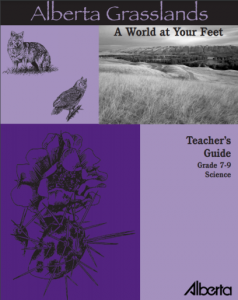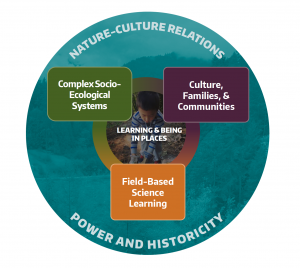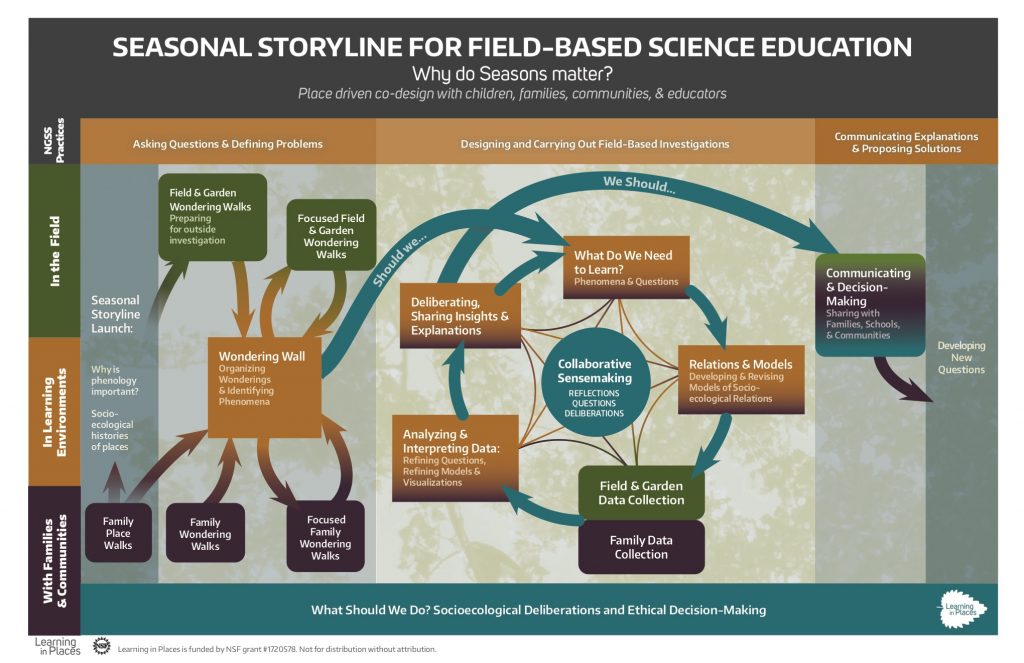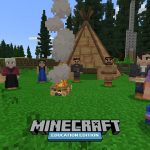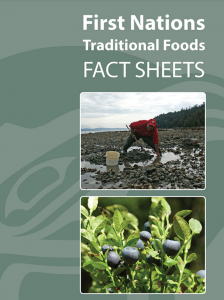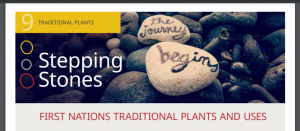Teachers for Social Justice published a lesson that facilitates students connecting with their local community. This is important for students to explore their own identities, their relations to others, and a sense of place. The lesson uses Bryan Collier’s book Uptown as a visual example of the art project (video of the book below).
https://youtu.be/7eJFJjQsTy4
This lesson is geared towards younger elementary students (grades 2 and 3), but I see the potential for this to be adapted for older students in digital media and photography classes. To begin, you could start by learning about media literacy through an anti-bias, anti-racist lens. The Association for Media Literacy has a useful framework for this. This would set the foundation for a “Reading the Street” activity during the community exploration, where students would experientially learn that media includes the environments around them, conveying ideologies and implications. The project can culminate with a digital collage project using computer programs such as Photoshop or Krita (free). To go even further, students could animate their collages using a program like After Effects, or make it interactive (such as clicking certain parts triggering an audio clip) using Adobe Animate (click here for an example, from ETEC 540’s “What’s in Your Bag?” assignment)
Other lessons on Teachers for Social Justice website that look promising:

